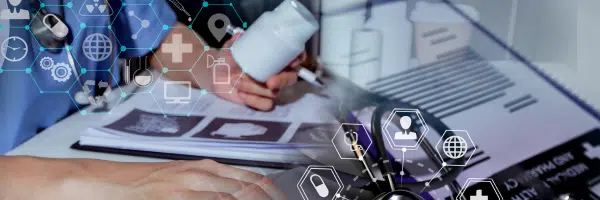
Patch management is an essential aspect of cyber security, but it can often feel overwhelming; fortunately, it doesn’t have to be that way! In this blog, we’ll explain what patch management is and why it’s important.
So, what is patch management? At its core, patch management is the process of updating software to fix known vulnerabilities or bugs. These updates, or “patches,” can be released by software vendors in response to new security threats or to improve the functionality of the software. Essentially, patch management is a way of ensuring that your computer systems stay up-to-date and protected against potential cyber attacks.
The truth is, cyber attacks are becoming more and more sophisticated every day. Hackers are constantly searching for vulnerabilities in software that they can exploit to gain access to sensitive information. By not keeping your software up-to-date with the latest patches, you are leaving your systems vulnerable to these types of attacks.
So, how can you ensure that you are practicing good patch management? Here are a few tips:
Keep track of software updates: Make sure you know which software is installed on your systems and stay informed about when new updates or patches are released.
Prioritize critical patches: Not all patches are created equal. Some may be more important than others, particularly if they address critical security vulnerabilities. Make sure to prioritize these patches and install them as soon as possible.
Test patches before deployment: Before deploying patches across your entire system, it’s a good idea to test them on a small subset of machines to make sure they don’t cause any unexpected problems.
Engage a Managed IT Service Provider: Finally, consider engaging a Managed IT Service Provider who can help you streamline the patching process and ensure that all of your systems are running the latest software. An MSP can relieve the responsibility of maintaining patches, and safeguard your organisation.
By following these tips, you can make sure that your systems are protected against cyber attacks and that you are practicing good patch management. Remember, cybersecurity is everyone’s responsibility, and by staying vigilant and proactive, you can help keep yourself and your organization safe.
Contact us for more information about managed services and how we can support your technical requirements and business goals.







